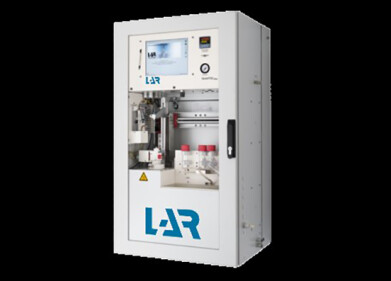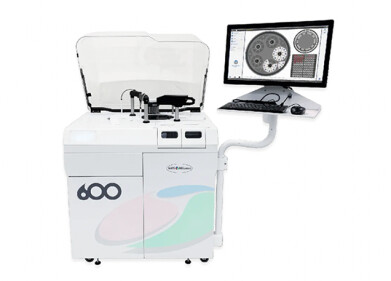-
 The new treatment technology could become a good option for widespread use
The new treatment technology could become a good option for widespread use
Wastewater Analysis
Funding for ozone wastewater treatment granted
Jan 21 2014
Funding has been granted to Primozone, the Swedish ozone generator supplier, that will allow the start of a project that aims to remove pharmaceutical products from wastewater. The Swedish agency for economical and regional growth, Tillvaxtverket, has provided the funding, which could help this type of wastewater treatment become widespread.
The funding will allow Primozone to construct a mobile pilot scale system that uses ozone to remove pharmaceutical products from wastewater. This pilot scale system will help the company to confirm that this type of wastewater treatment is suitable for a number of different environmental conditions and that the design suits different types of water flows. The concept will be used with existing treatment facilities in order to ensure that a wide range of conditions are tested.
Arash Golshenas, head of research and development at Primozone, said: "We are happy to have received funding for this project. Being able to prove concepts on site is important. This means that we can recommend our clients the best possible solution based on a pilot installed at their own site. With a correctly designed system, we can see that ozone will remove almost all of the residual."
A number of different studies have been undertaken to determine the extent of the impact on the environment that pharmaceutical residue has when it is released in wastewater. While it is understood that this residue can be damaging, not much has been done to work towards removing the residue from wastewater during treatment.
However, some European countries are now beginning to take political action in an attempt to lessen any environmental impact that pharmaceutical residue has, meaning that the new pilot scheme could be incredibly beneficial to these efforts.
Current wastewater treatment facilities are not designed to remove this residue, which is hard to break down. Ozone is one of two technologies that can be used to break it down and is highly effective as it is able to attack electron-rich structures within molecules. This technique is also incredibly sustainable and has little impact on the environment.
Digital Edition
AET 28.4 Oct/Nov 2024
November 2024
Gas Detection - Go from lagging to leading: why investment in gas detection makes sense Air Monitoring - Swirl and vortex meters will aid green hydrogen production - Beyond the Stack: Emi...
View all digital editions
Events
Dec 02 2024 London, UK
Dec 03 2024 Dusseldorf, Germany
Dec 11 2024 Shanghai, China
Jan 12 2025 Abu Dhabi, UAE
Jan 14 2025 Abu Dhabi, UAE













.jpg)




